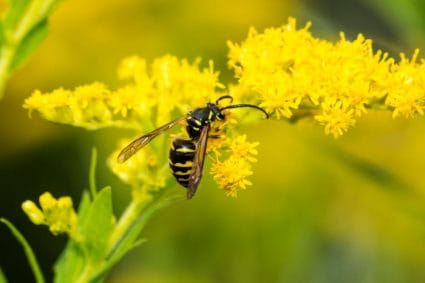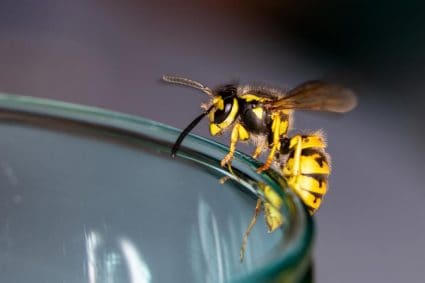
The great outdoors are a wonder for our furry little friends. Cat owners will agree that feeding their cat outside is much more feasible. It does, however, become a menace when your cat gets an uninvited guest to share their food with. One such pesky little food thief is the common garden slug.
Slugs may seem harmless, but cats can fall seriously ill by consuming food left over by slugs. You can avoid having slugs infest your cat’s bowl in the following ways:
- Eggshell technique
- Using copper wires
- Water barrier
- Seaweed
- Salt barrier
Let’s explore how we can keep our feline friends safe from slug poisoning and have peace of mind while they munch away on their favorite treats.
5 Ways To Keep Slugs Out of Cat Food
Keeping slugs away from cats is a must. But why can something so harmless to us be fatal to our cats?
Slugs carry certain parasites that can be fatal if ingested by cats. Especially in more humid regions with less direct sunlight, slugs can cultivate in yards and even in between potted plants.
The parasite slugs carry is called lungworm. As the name suggests, once ingested, lungworms burrow their way into your cat’s lung and lay eggs. Once the eggs hatch, they eat their way out. Thus causing significant damage to your cat’s vital organs.
This is why it is essential to nip the bud early on and keep lungworm carriers such as slugs and snails away from your cat’s food. This parasite can even be transferred if your curious little cat licks a slug.
So it would be better to make the interaction as minimal as possible by following the methods given below:
1. Eggshells
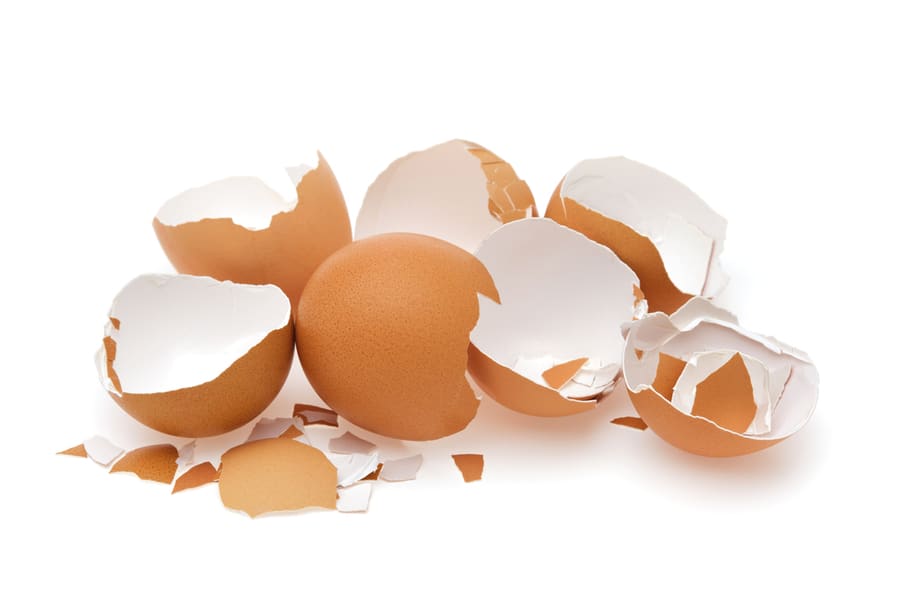
Slugs have fragile, sensitive skin, which softens mud and grass. Meanwhile, broken eggshells are coarse and can be uncomfortable for slugs to crawl over. So, create a ring of broken eggshells around your cat’s food bowl to deter slimy slugs from getting close to it.
Keep your cat’s bowl in a giant dish or bowl with walls to prevent the light eggshells from being carried away by the wind. Add eggshells around the bowl to create a barrier. This is the perfect solution for environmentalists like us. It’s sustainable, and eggshells get recycled whenever the eggshell barrier wears thin.
Make sure to crush the eggshell barrier to fine and leave coarser pieces in there to ward off pesky slugs and snails. Above all, it’s a perfect solution for people who are on a budget.
2. Copper Wires
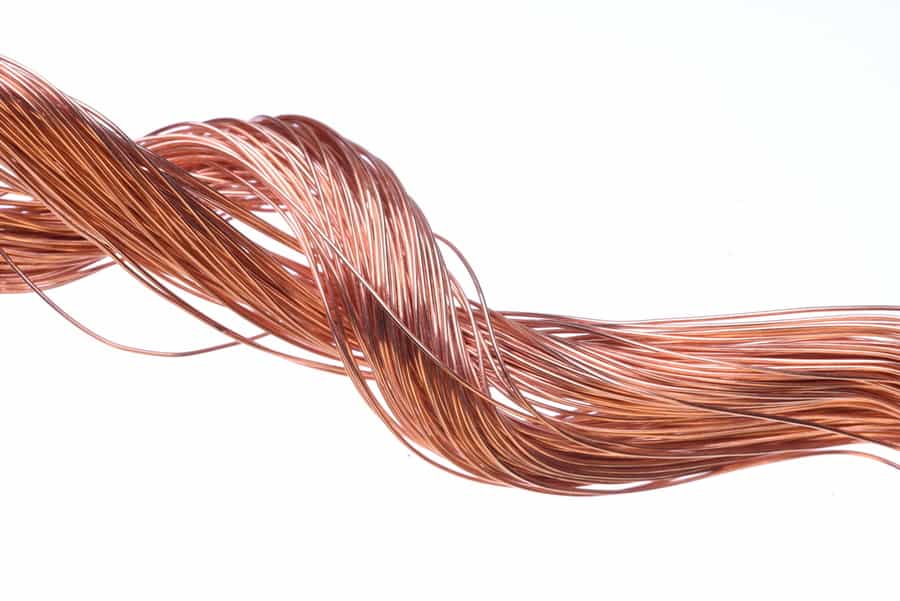
Keeping on the theme of slugs having super sensitive skin, this technique is a bit more tricky than the first.
When copper comes in contact with the slug’s skin, it creates a reaction that can be uncomfortable for the insect. But before you scroll away, you don’t need to worry. The response is not harmful to slug or fatal. It is just uncomfortable for them and wards them off.
There are two ways you can go about this method:
a. Buy copper wire and create a ring around the cat bowl.
b. Create a stand-out of copper to place the food bowl on.
Either way, the trick is surrounding the bowl with copper to deter slugs from climbing in.
Copper wire can be bought from local hardware shops. There are also different thicknesses available for all copper wires. We suggest using the thicker kind to cover more ground.
In the case of making a food bowl stand, you can construct the air out of wooden dowels and wrap thin copper wire around the legs to achieve the same goal. This method is more foolproof than the others and gets the job done.
We suggest elevating the cat bowl on a copper barrier rather than having the metal too close to the bowl.
Although copper is not harmful to cats, prolonged licking or ingesting can be problematic for your pet. In both cases, monitor your cat for the first few meals to see how they interact with the copper. If they do not attempt to lick or bite it, this method can be used for a long time.
3. Water Barrier
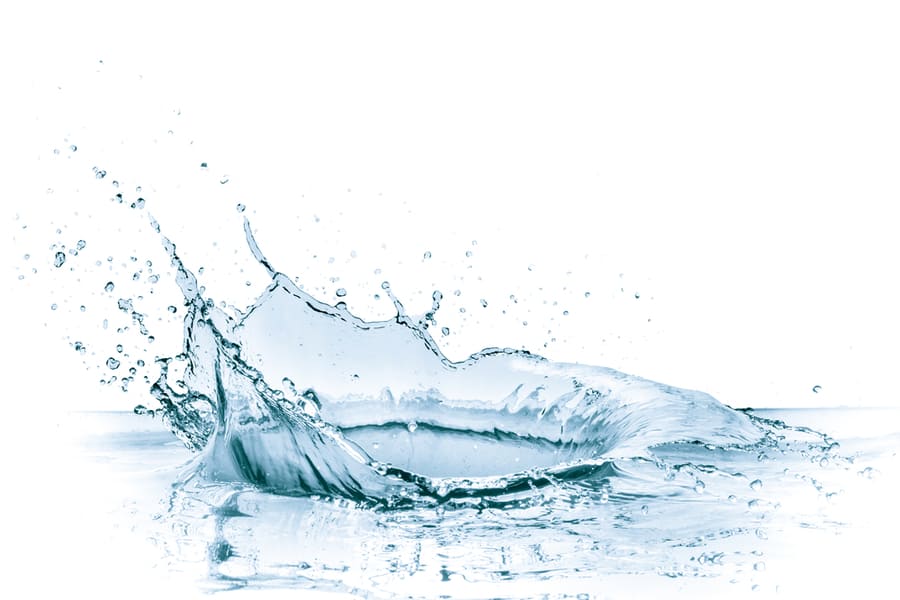
The water barrier method is an effective but messy method. The concept is the same as the eggshell method. Keep your cat’s food bowl inside a giant water-filled bowl.
If you are worried about food falling into the water and creating a mess, you can keep the food in a stand and then place the stand on the dish containing water. This, however, is tricky since cats are very particular about cleanliness. A soggy mess around their food will make them unhappy.
However, If you adopt this method, you will save on costs. But this DIY method will need constant upkeep. Plus, you will spend a lot of time scooping out wet food and changing the water. It may be an excellent quick fix before you move on to something more low-maintenance.
4. Seaweed
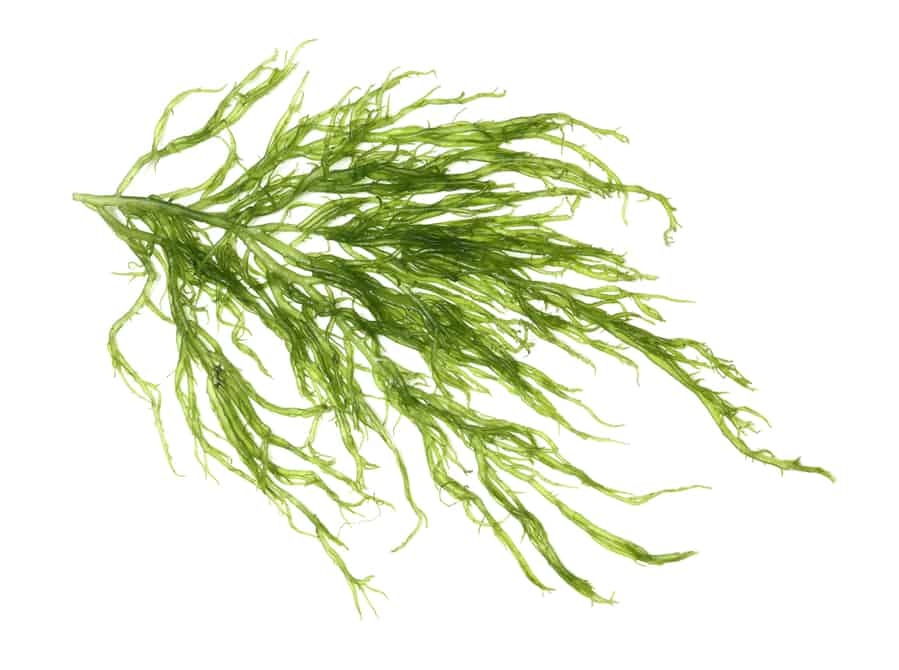
It’s a simple concept. Seaweed is salty, and slugs hate salt. So, if you live in an area with easy seaweed access, your problem is solved.
Dried seaweed found in supermarkets is also perfect for the job. And the best part about this method is that seaweed is 100% cat friendly. In fact, it is good for them.
The technique remains the same: take a shallow dish, and place your cat’s food bowl on top. But unlike copper wire, the nutrients from seaweed will keep your cat’s gut happy if your cat licks or eats the seaweed.
Dried seaweed, crushed into coarse bits, will act like the eggshell barriers, but this time with the salt. The slugs hate the texture and taste, and the only negative side of this trick is the smell that wet seaweed will give off. Yet, this is a small price to pay to ward off slugs knowing our babies are safe.
5. Salt
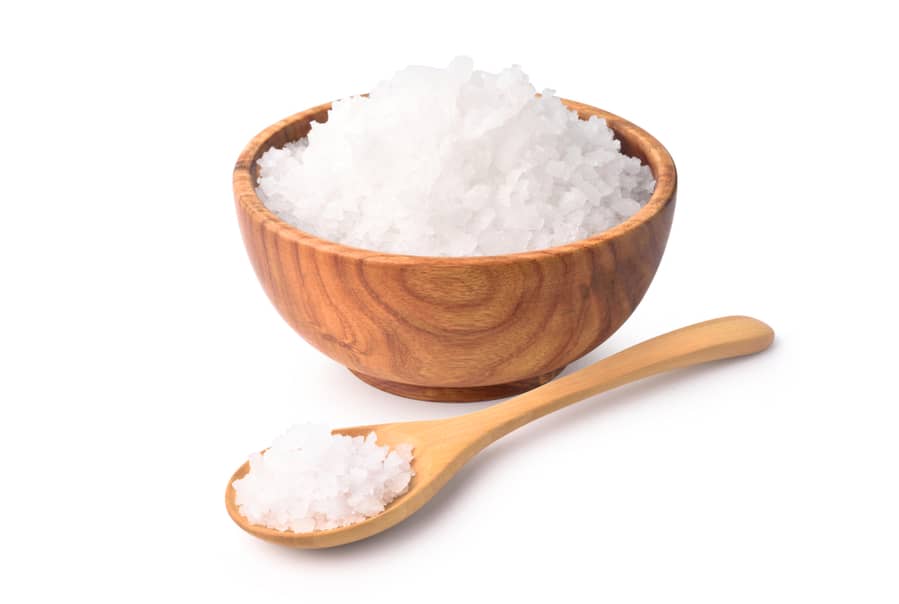
Need help finding dried seaweed in the market?
Don’t have any lying around?
Is the beach very, very far?
If you find yourself saying yes to all of those questions, don’t worry. There is one thing everyone has at home – salt.
Ah yes, simple sodium chloride, making food tasty and keeping cats slug-free and happy. Like the rest, make a ring of salt around your cat’s feeding area to keep the slugs and snails away. However, unlike seaweed, this method is a bit brutal for poor slugs. Salt dehydrates slugs and can potentially kill them.
Sodium is also not very feline-friendly and can be dangerous to your cat. One solution to these problems can be sprinkling salt around the yard rather than in a concentric ring around the food bowl. Of course, it won’t be suitable for your plants, but it may rid you of slugs altogether.
Try the other methods before resorting to salt. Keep this method as your last resort. If all else fails, then get the salt.
Conclusion
There are many tried and tested ways to keep slugs out of your cat’s food. Some natural methods work way better than chemical pesticides that may harm your cat while also killing off the natural habitat in your backyard.
Natural, DIY methods, such as the eggshell barrier, water barrier, or even the copper wire trick, are far less complicated to execute. Elevating your cat bowl and placing barriers underneath will also help lessen your cat’s neck strain while fighting off evil slugs.
You can try the listed methods in this article to keep your kitty cat safe and sound.
Frequently Asked Questions
Are Slugs Attracted to Cat Food?
Slugs are mainly attracted to dog and cat food because of the smell they produce. So taking precautionary measures is necessary to keep your furry friend safe.
Can Cat Litter Be Used To Deter Slugs?
Pouring a ring of cat litter may deter slugs and snails, but it can also confuse your cat. Cats like clean spaces to eat and will not eat if their eating space smells like litter.
Can Plants Be Used As Slug Repellents?
Slugs, much like other insects, hate particular smells, more specifically, lavender. Spraying lavender scent or having lavender plants around may act as a natural slug and snail repellent.




